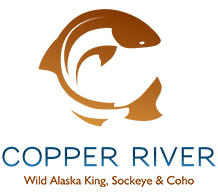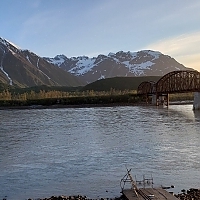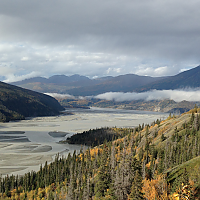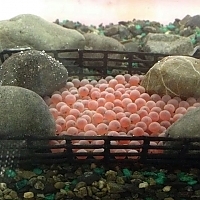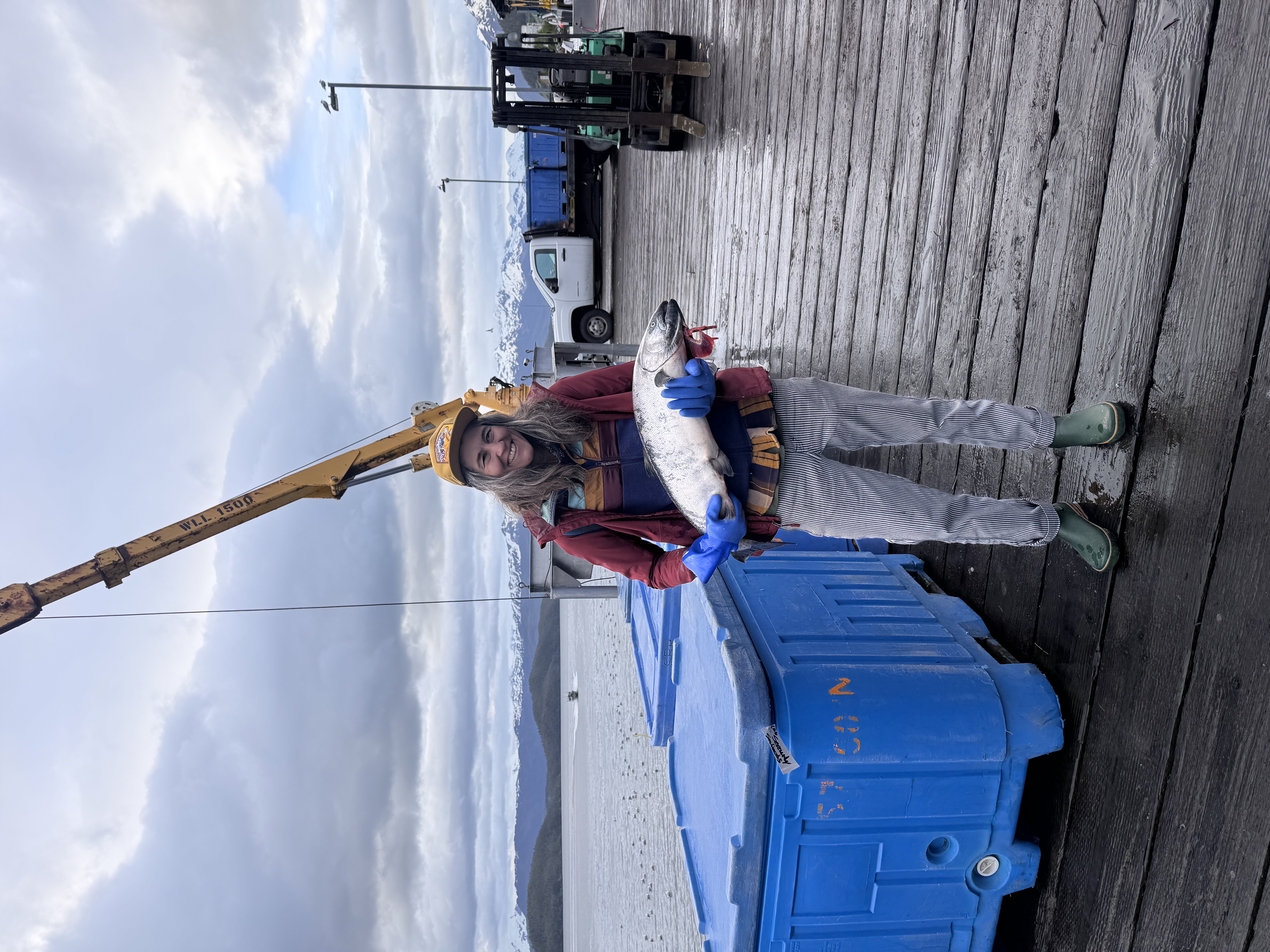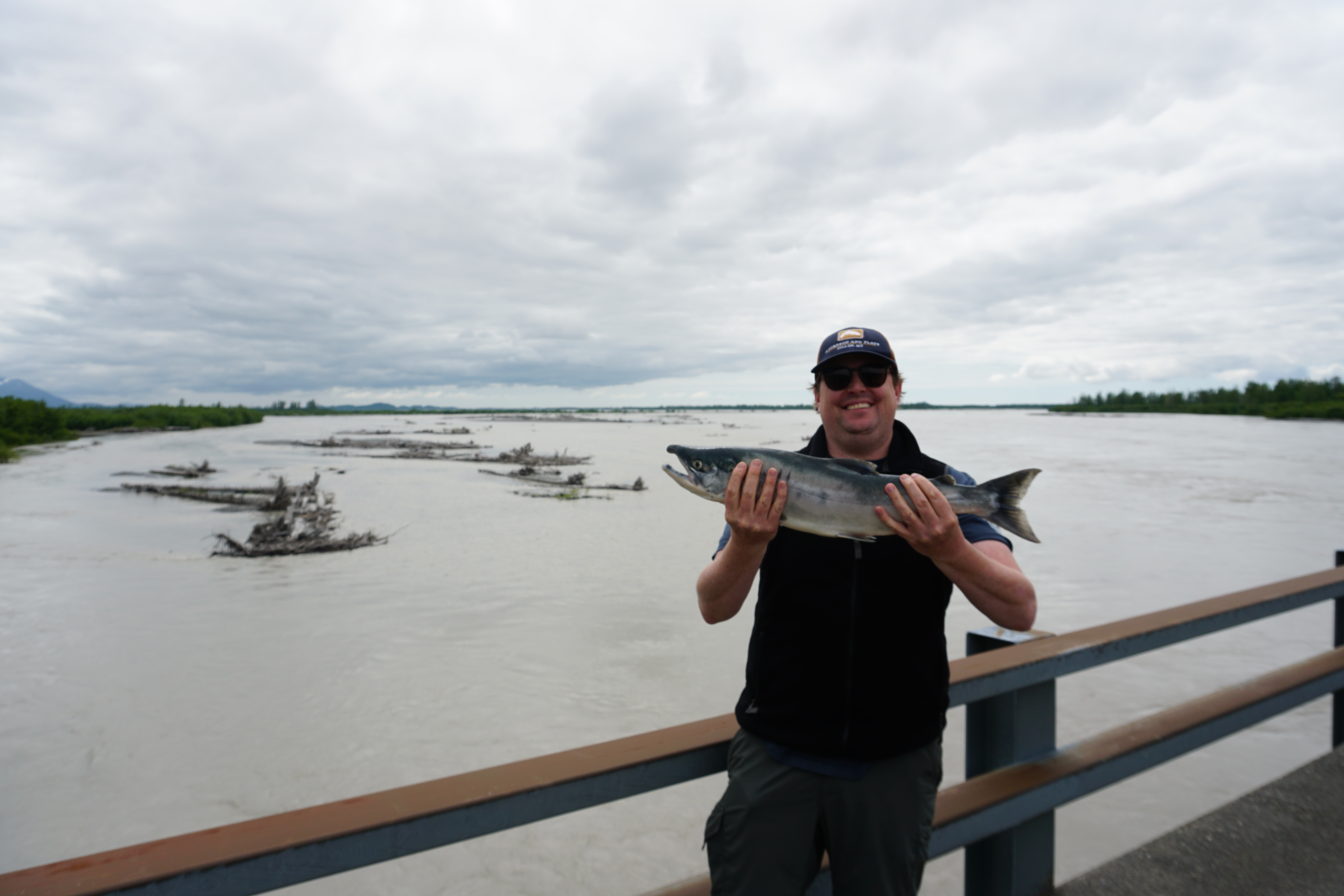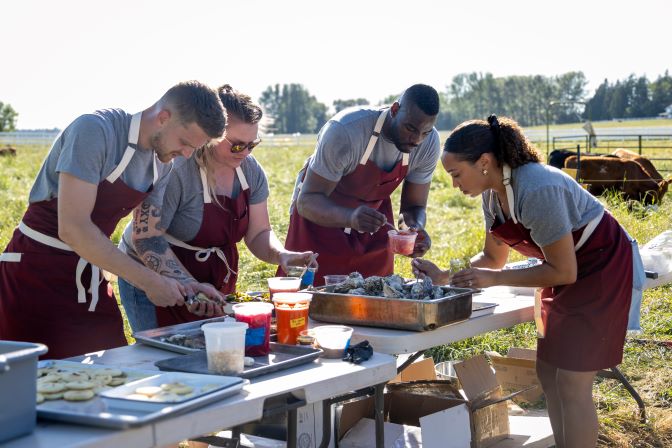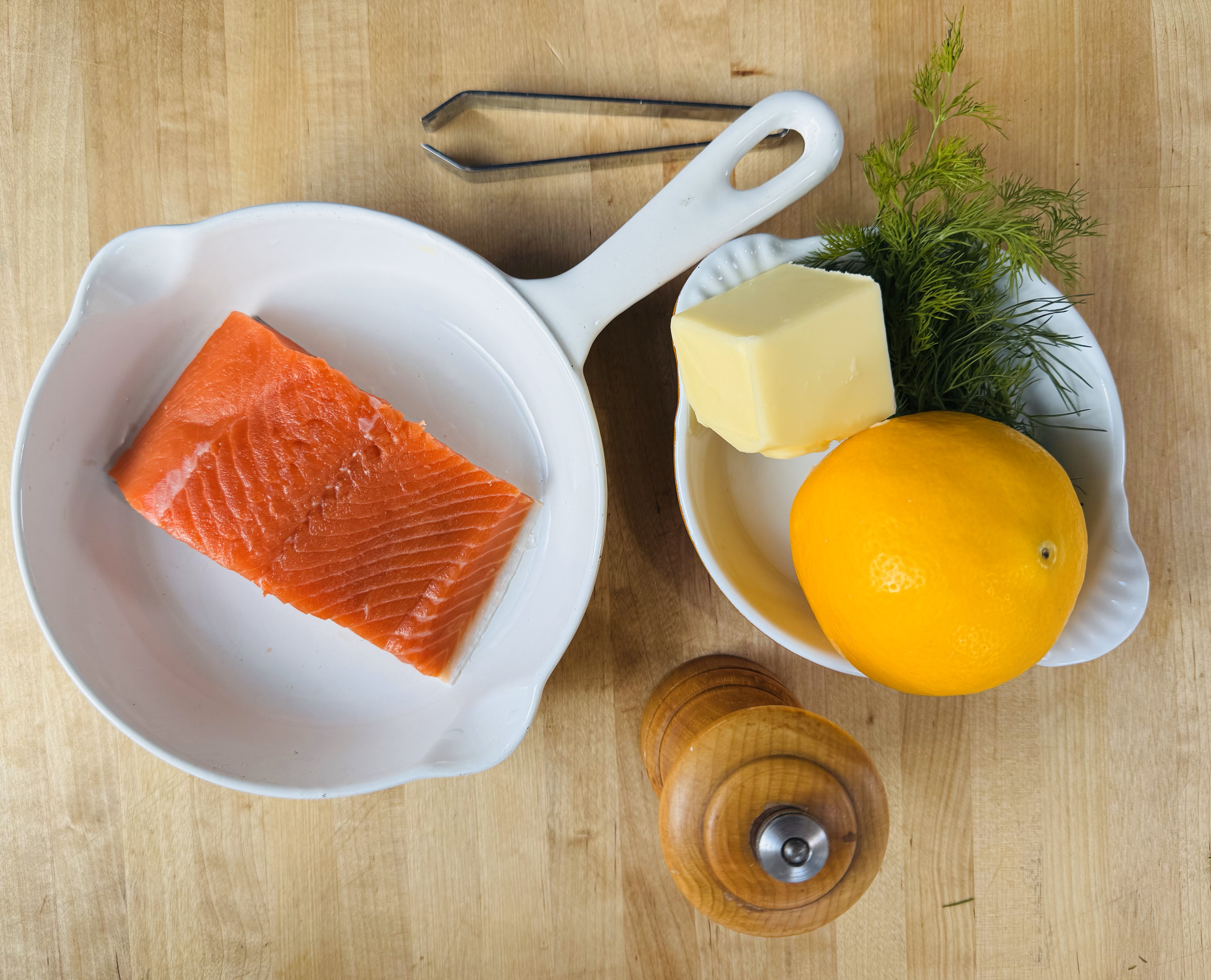By using our website, you agree to the use of cookies as described in our Cookie Policy
Fish, Forest and Fungus
Every fall in coastal Alaska summer abundance begins to wane as the seasons shift. Nowhere will this change become more evident than in the coastal forests where the streams are full of salmon and the forest floor is covered in mushrooms; hedgehogs, porcinis and winter chanterelles. These wild treats are known to many chefs and home cooks and it is no accident that they are found together. The connection between salmon and mushrooms goes deeper than culinary delights. They are a part of a symbiotic cycle that keeps our forests and fisheries healthy.

Salmon are a keystone species for the ecosystems in which they live. This means that all other living things depend on salmon in some way to thrive and without them the system would not be cohesive. Wild salmon provide nutrients and food for no less than 137 different species in Alaska, including humans. Salmon are anadromous, meaning that they spend part of their lives in fresh water and the rest in the open ocean. Fresh water systems are relatively poor in nutrients and in order for salmon to grow they must journey to the ocean and feed on marine nutrients for several years before returning as adults to their natal streams once more to spawn. The various species of Pacific salmon spend different amounts of time in the open ocean with some species growing to adults in two years while others, such as king salmon, remaining at sea for up to five. Regardless, all salmon must eventually return to the freshwater system from which they originated to begin the cycle of life over again for the next generation of wild salmon. Their return is greatly anticipated by many.
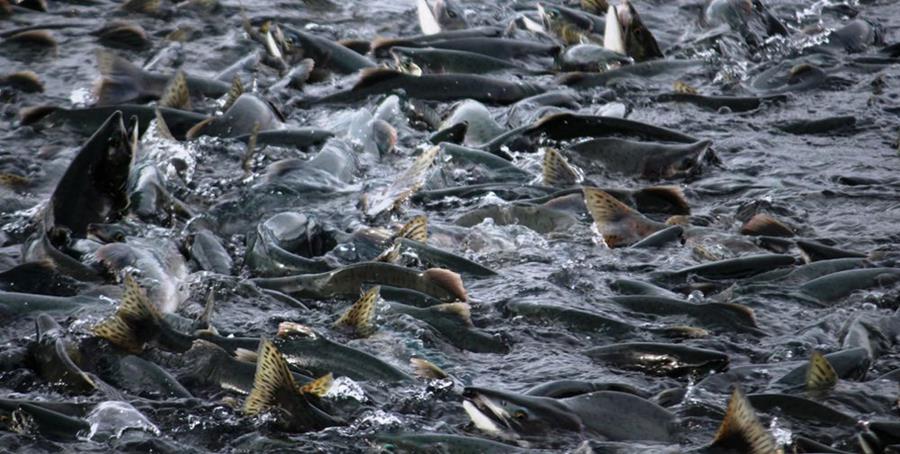
Bears, eagles, wolves, orcas and many more all rely on this rich source of food. By coming from the ocean the salmon are bringing with them marine minerals otherwise not abundantly found in the freshwater systems such as nitrogen and phosphorous. They transport, in their very bodies, the traces of rich ocean nutrients accumulated from their time feeding in the Gulf of Alaska and beyond. But the journey salmon take upstream to spawn is really just the beginning of how these vital nutrients are transferred from one ecosystem to another. For those salmon that overcome the many obstacles awaiting them on their way to their natal streams; waterfalls, fishermen, bears and eagles—the ultimate reward is to mate and leave behind fertilized eggs which will eventually hatch and mature in the stream bed. This journey and process is so exhausting for the fish that they die soon after spawning.
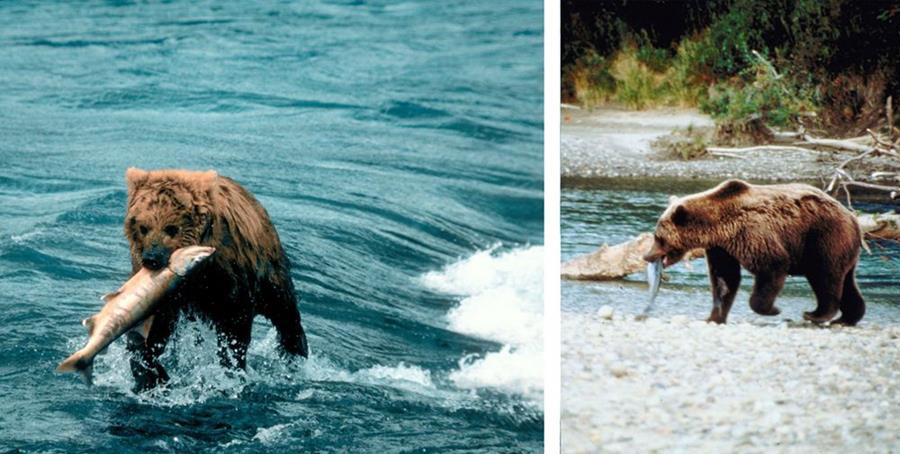
As with all wild systems, no energy or matter from the salmon carcasses will go to waste. Carcasses left in the stream will provide fuel for the freshwater life found there including possibly the next generation of baby salmon! Many of the carcasses however will be taken by scavenging animals out of the stream beds and into the surrounding forests. As bears, foxes and others discard parts of the fish throughout the woodland and forest floor the leftovers are made available for decomposers. Decomposers are creatures that gain energy from decaying matter on the forest floor such as leaf litter and droppings.
Though often inconspicuous and overlooked, in many environments fungi are the primary decomposers of organic material. Fungi come in many forms but those that produce fruiting bodies known as mushrooms are most likely what comes to mind when imagining fungus on the forest floor. There is certainly a wide variety of mushroom producing fungi in Alaska and along the coastal forests near salmon streams it is possible to find winter chanterelles, porcinis and hedgehog mushrooms. Though these offer an excellent opportunity for wild foraged foods they also are essential in recycling wild salmon’s marine nutrients into the forest. Fungi cycle the nitrogen from the rotted fish carcasses to the trees through a mycorrhizal network--an underground system of connections that transfer water, carbon, nitrogen, and other nutrients and minerals throughout the soil. In other words, fungi cycle and move nutrients from salmon carcasses in a way that they become readily available for plants to then utilize within the soil.
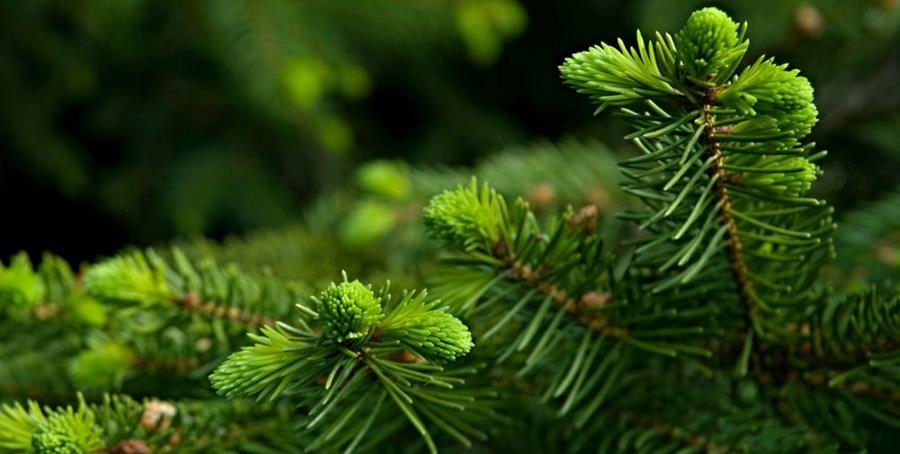
As with all wild systems, no energy or matter from the salmon carcasses will go to waste. Carcasses left in the stream will provide fuel for the freshwater life found there including possibly the next generation of baby salmon! Many of the carcasses however will be taken by scavenging animals out of the stream beds and into the surrounding forests. As bears, foxes and others discard parts of the fish throughout the woodland and forest floor the leftovers are made available for decomposers. Decomposers are creatures that gain energy from decaying matter on the forest floor such as leaf litter and droppings.
This is why the same nutrients found in the ocean can also be found in the trunks of trees near salmon streams. In fact, according to the Wild Salmon Center, “In southeastern Alaska, spawning salmon contribute up to 25% of the nitrogen in the foliage of trees.” These trees will do their share in this incredible cycle as well, as the shade they provide creates the cool water habitat needed for the salmon to spawn.
So, the next time you enjoy a dinner of wild Copper River salmon, perhaps take a moment to thank the wonderful fungi that helped bring it to your plate—or even better enjoy a side of mushrooms right along with it!
‹ Back
